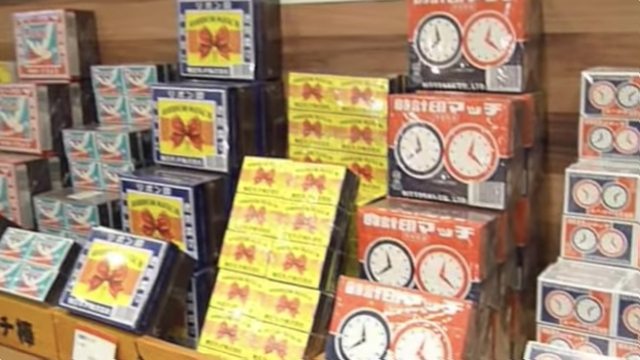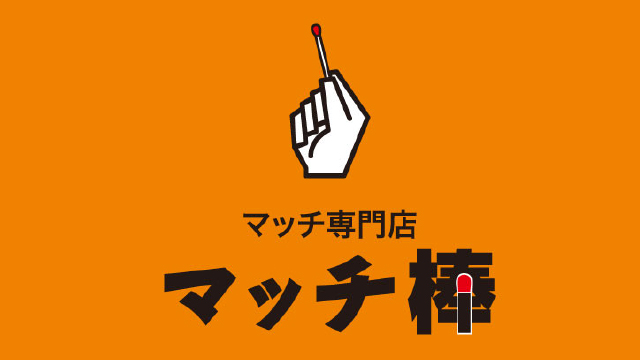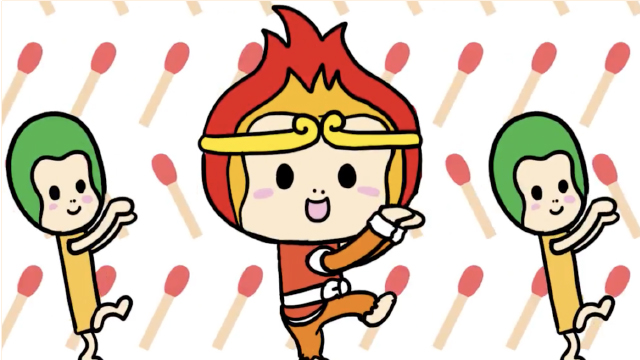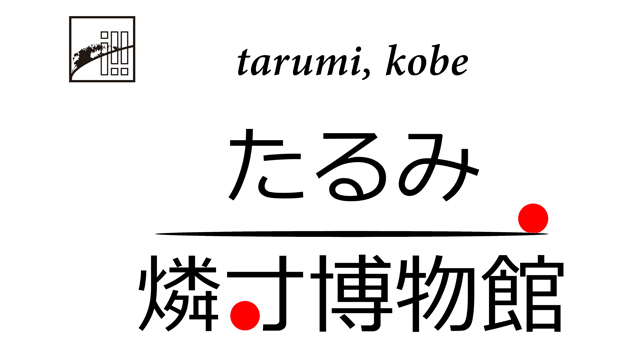Column
HOME > Virtual Museum > Column > Sweden, the match country that actively pursued the world market share
Invention of matches by way of Western Chemistry
 R. Bell’s Lucifer match : Match with sandpaper device to ignite, England in 1833
R. Bell’s Lucifer match : Match with sandpaper device to ignite, England in 1833The year of 2005, when our virtual museum of matches starts, is the 130th anniversary of match production in Japan. People have been using matches so naturally, however to the question, “Do you know the history of matches?” most people might not be able to answer yes. Therefore, in the Column 1, let’s think about how production of matches started, because we think most of people have never considered it before, although matches are indispensable in our life. Possibilities of match invention popped up in 17th century thanks to the discovery of phosphorus, and people, at first, successfully learned how to use phosphorus: having a lower firing point, phosphorus was applied to an igniting tool in Europe in 19th century. Fire is necessary for humans, but simultaneously it is dangerous and fearful: therefore people had to make trials and errors laboriously before phosphorus was successfully used for a fire-starting tool and eventually developed to a convenient tool to use practically. One noticeable event is that comprehensive studies and researches about chemicals had been done in Europe for some time, and finally an English pharmaceutical chemist, John Walker invented “friction lights” in 1827. Walker’s match was sold by Samuel Jones, an English man, under the name of “Lucifers.” Further the match with pasted sandpaper on the side of matchbox was newly produced and named “Congreves” for sale. The appearance of Congreves looks almost same with one we have currently, but it was horrible because ignition ability was very poor, fires sprang all over once it started to burn, and the smell of sulfur dioxide was intolerable.
 Lucifer match in Holland : John Walker’s match was sold under name of Lucifer in the U.K. market around 1832
Lucifer match in Holland : John Walker’s match was sold under name of Lucifer in the U.K. market around 1832
 N. Jones’ Lucifer match : John Walker’s match was sold under name of Lucifer in U.K. around 1831.
N. Jones’ Lucifer match : John Walker’s match was sold under name of Lucifer in U.K. around 1831.
Invention of Yellow Phosphorus Match
 Vongreve lights : Sulfur match manufactured by Bryant & May Co., Ltd.
Vongreve lights : Sulfur match manufactured by Bryant & May Co., Ltd.
New match using yellow phosphorus was invented to improve the shortcoming of Congreves.
As yellow phosphorus is highly toxic and the firing point is very low, it was very dangerous and difficult to handle at the beginning. But in 1831, French chemist named Charles Sauria used yellow phosphorus as firing agent with advantage of its low firing point and kneaded it with potassium chlorate, phosphorus, glass powder as friction agent, and glue to paste it on the tip of wooden sticks. Then, the stick was kindled easily and combustion was satisfactory, so the match of Charles Sauria became very popular.
 Jönköping in Sweden : Picture of entire factory
Jönköping in Sweden : Picture of entire factory
Later, studies and developments about matches have been done in many countries, and from around 1833, manufacturing of matches started in Sweden, Germany, Hungary, England as well as in France, and soon it became a popular firing tool. Especially in Sweden, a company named Jönköping leadingly constructed big match factories to manufacture and sell matches on a large scale.
However, these yellow phosphorus matches had generated serious problems. It was very handy as it started fire easily, but the problem was it started fire even by a slight friction or by a small shock, and spontaneous firing because of rise of temperature happened frequently. To make the things worse, many of factory workers were ailing from phosphorus gangrene, and soon people realized that yellow phosphorus had caused a big social problem.
Development of Swedish safety match
 Memorial stamp of Swedish safety match : Stamp with picture of Johan Edvard Lundstrom, inventor of safety match, was issued in Monaco.It says the match was invented in 1855.The stamp was first sold on December 3, 2004.
Memorial stamp of Swedish safety match : Stamp with picture of Johan Edvard Lundstrom, inventor of safety match, was issued in Monaco.It says the match was invented in 1855.The stamp was first sold on December 3, 2004.While people were anxiously waiting for invention of new match that could replace dangerous yellow phosphorous match, Anton Von Schrötter, Australia man, discovered “red phosphorous” in 1845, of which the spontaneous firing point is high and is nontoxic. And in 1855, Johan Edvard Lundström of Jönköping Co., Inc. in Sweden invented “Safety Strike on Box Match,” in which firing agent and burning material were separated.
 TRE STJÄRNOR : Safety match made by Jpönköping Co., Ltd.
TRE STJÄRNOR : Safety match made by Jpönköping Co., Ltd.
 VULCAN : Safety match made by Jönköping Co., Ltd.
VULCAN : Safety match made by Jönköping Co., Ltd.
 Tiger brand : Made by Bryant & May Co., Ltd.
Tiger brand : Made by Bryant & May Co., Ltd.
 ARK brand : Windproof match made by Bryant & May Co., Ltd.
ARK brand : Windproof match made by Bryant & May Co., Ltd.
 ARK brand : Safety match made by Bryant & May Co., Ltd.
ARK brand : Safety match made by Bryant & May Co., Ltd.
 Bryant & May Co. Ltd. in England : Picture of entire factory around 1860
Bryant & May Co. Ltd. in England : Picture of entire factory around 1860
 Pocket/candle/match : Cigar and pipe tobacco in 19th century
Pocket/candle/match : Cigar and pipe tobacco in 19th century  Windproof match for cigars : Chemicals are pasted on both tips of matchstick (1870)
Windproof match for cigars : Chemicals are pasted on both tips of matchstick (1870) 



